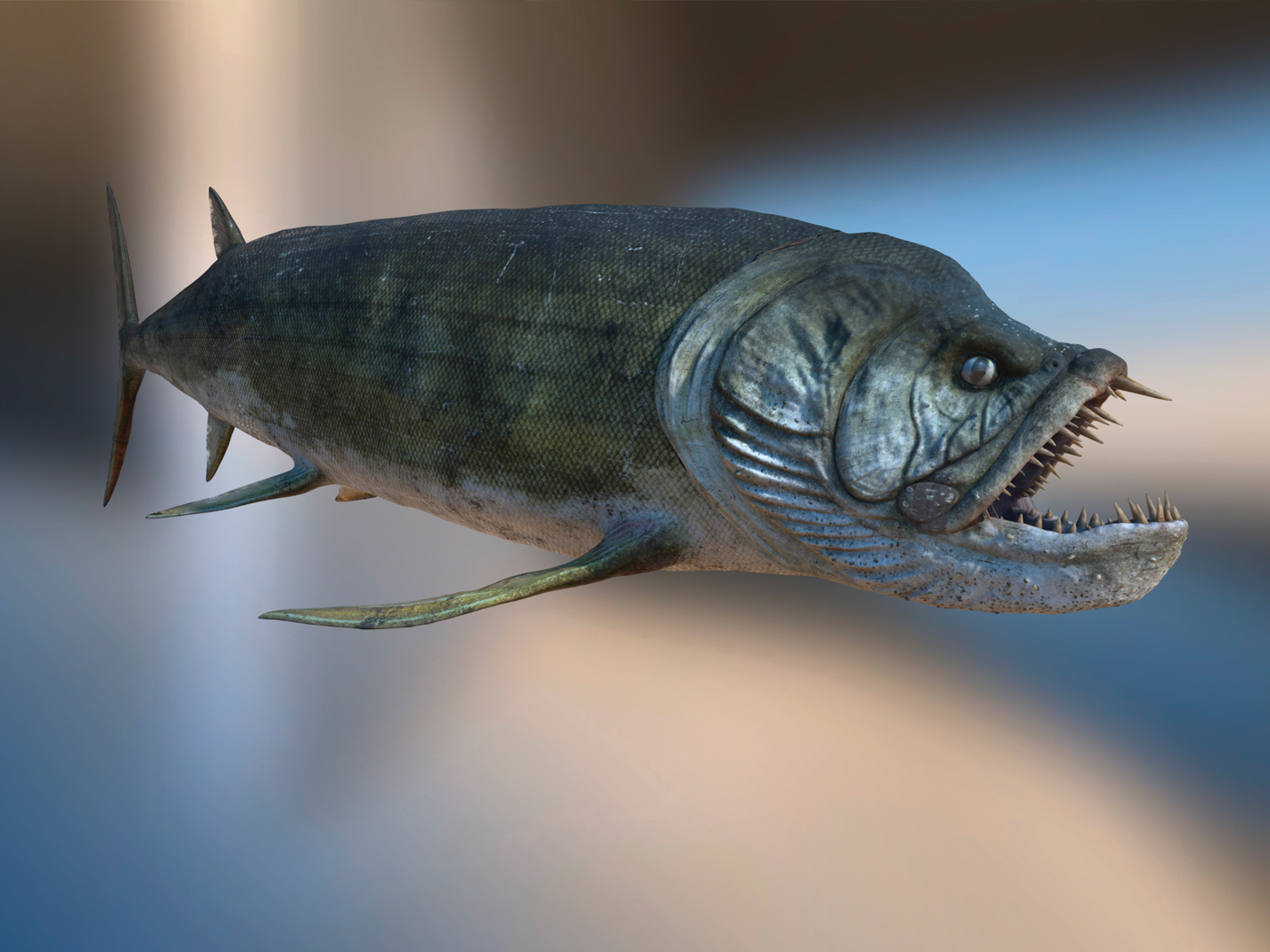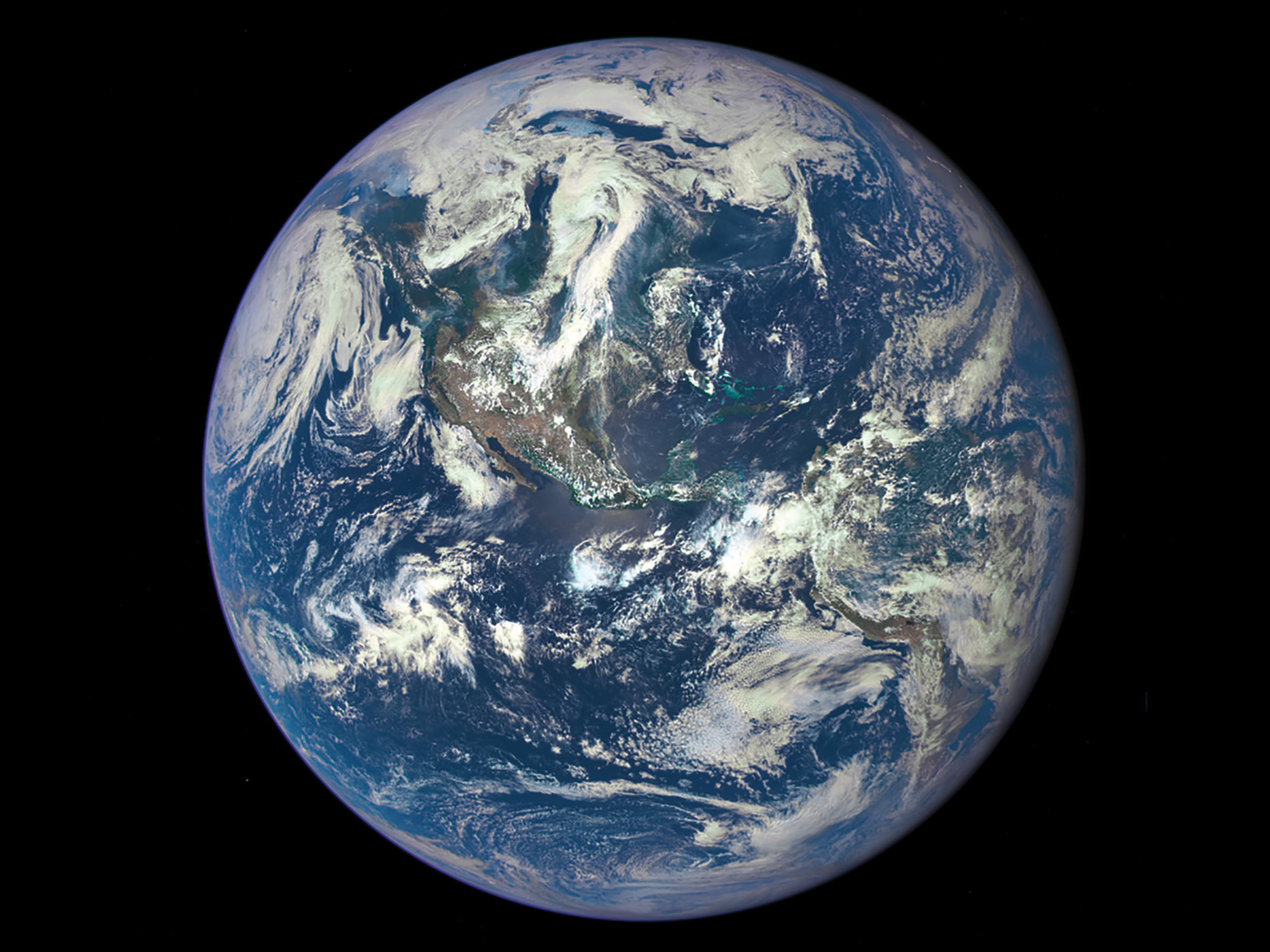The organization BioLogos, which advocates that Christians accept secular evolutionary claims, recently published an online essay entitled “How to Spot Fake Science.”1 The not-too-subtle implication of the article is that Christians skeptical of ‘consensus science’ claims are being duped by pseudoscience. Based on their published material, BioLogos clearly thinks that criticisms of evolutionary theory fall into this category. Ironically, however, a number of the stated characteristics of pseudoscience apply to evolutionary claims.
According to the article, one characteristic of pseudoscience is that “explanations are made up after the fact to fit whatever outcomes are observed.”1 Closely related to this is the tendency to invoke “built-in explanations for the cases when the idea fails.”1 Evolutionists do this all the time. This tendency to “explain away” contradictory data was illustrated by a recent article purporting to explain why crocodiles have remained the same for 200 million years.2,3 The very first sentence in the news article claims that “a ‘stop-start’ pattern of evolution, governed by environmental change, could explain why crocodiles have changed so little since the age of the dinosaurs.”2 Of course, if evolution were true, one would expect creatures to not remain the same for hundreds of millions of years. Creationists would argue that crocodiles have not evolved simply because evolution isn’t true. The fossils show abrupt appearance, stasis, and extinction—not evolution.4
Another trait of pseudoscience is that “scientific-sounding terms or jargon are used in imprecise, incorrect, or undefined ways.”1 Evolutionist invocations of ‘natural selection’ is a classic example of this. When one reads the evolutionist technical literature, it is very clear that evolutionists are ‘fuzzy’ regarding the precise meaning of this term, despite its centrality to evolutionary theory. Is natural selection real, or just a metaphor?5 Does it act on a population or on genes? ICR President Randy Guliuzza has repeatedly shown that evolutionists routinely use the phrase natural selection in contradictory ways, even within the same papers.6-7
Creation author David Coppedge has rightly ridiculed evolutionary storytelling as the claim that “stuff happens.” He observes that
But if evolution explains everything, does it really explain anything? One can always come up with an after-the-fact ‘story’ to explain observations that contradict evolution. But according to the BioLogos article, isn’t that one of the characteristics of pseudoscience?
Another characteristic of pseudoscience is that “[i]deas from outside the realm of science are presented as scientifically established.”1 Evolutionists do this with a vengeance, especially in the field of cosmology. Speculative ideas such as inflation theory are invoked to solve problems with Big Bang cosmology even when there is zero evidence for those ideas. Some evolutionists are willing to invoke other (unobservable) universes, in part because it’s demanded by inflation theory,9 and in part because they (mistakenly) think that it removes the need for a Creator.10
The subject of origins is inherently religious or philosophical, and some evolutionist philosophers of science have acknowledged that evolution is a religion.11 Some supernatural (“beyond nature”) cause must be invoked to explain our universe. Evolutionists claim otherwise, but their own theories compel them to invoke entities that are effectively supernatural, such as other universes. Because creationists candidly acknowledge that a supernatural Creator is required to explain our existence and unashamedly acknowledge that the Lord Jesus Christ is the Creator,12 creation critics are quick to label creation science as “pseudoscience.” Yet these critics often overlook the fact that the charge of pseudoscience can just as easily, and with more far more justification, be applied to evolution.
References
1. Hemphill, C. How to Spot Fake Science. BioLogos. Posted January 4, 2021 on biologos.org, accessed January 11, 2020.
2. University of Bristol. Why crocodiles have changed so little since the age of the dinosaurs. ScienceDaily. Posted January 7, 2021 at sciencedaily.com, accessed January 11, 2021.
3. Stockdale, M. T. and M. J. Benton. 2021. Environmental drivers of body size evolution in crocodile-line archosaurs. Communications Biology 4 (1).
4. Thomas, B. Should We Drop the Term ‘Living Fossil’? Creation Science Update. Posted July 18, 2016 on ICR.org, accessed January 11, 2021.
5. Guliuzza, R. J. 2018. Evolutionists Sense Life’s Design and Deify Nature. Creation Science Update. Posted October 11, 2018 on ICR.org, accessed January 11, 2018.
6. Guliuzza, R.J. 2011. Darwin’s Sacred Imposter: Recognizing Missed Warning Signs. Acts & Facts 40 (5): 12-15.
7. Guliuzza, R. J. Doolittle's Recycled Evolutionary Theory Is Old News. Creation Science Update. Posted May 10, 2018 on ICR.org, accessed January 11, 2021.
8. Coppedge, D. F. What a Croc: Punk-Eek invoked for Crocodile Evolution. Creation Evolution Headlines. Posted January 7, 2021 at crev.info, accessed January 11, 2021.
9. Hebert, J. 2012. Why Is Modern Cosmology So Weird? Acts & Facts 41 (8): 11-13.
10. Hebert, J. 2013. Hiding from God in the Multiverse. Acts & Facts 42 (6): 9.
11. Morris, J. D. 2008. The Contrasting Religions of Creation and Evolution. Acts & Facts 37 (11): 13.
12. Colossians 1:16.
*Dr. Jake Hebert is Research Associate at the Institute for Creation Research and earned his Ph.D. in physics from the University of Texas at Dallas.











